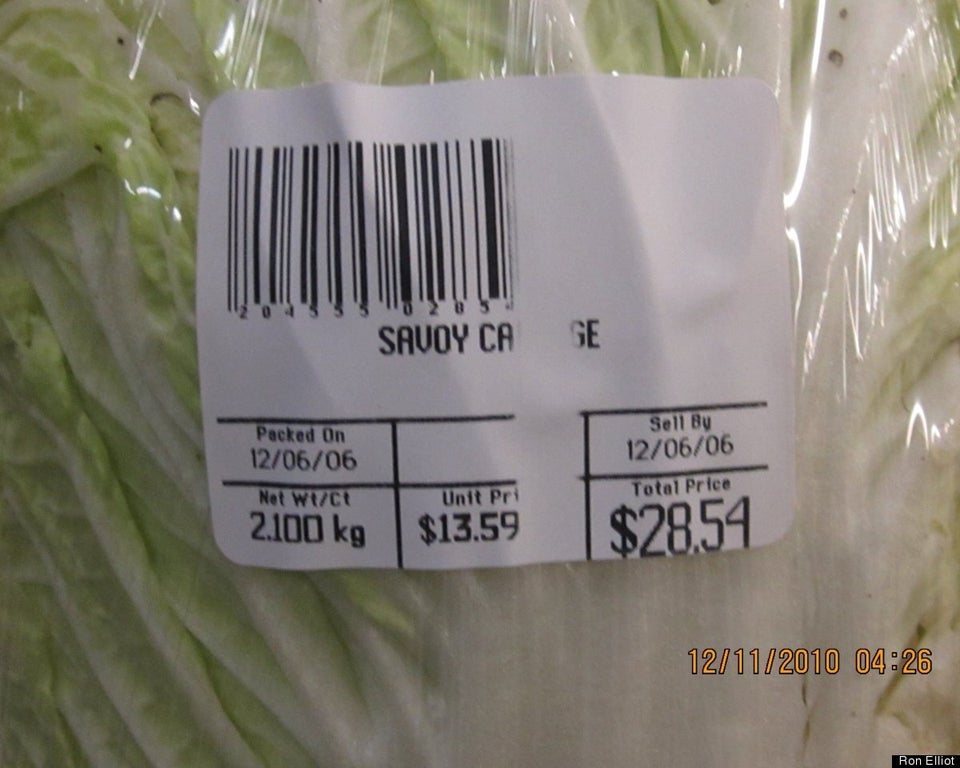Canadians are set to pay anywhere between 5.5 and 7.5 per cent more for vegetables this year as the loonie continues its downward slide.
The Food Price Report 2015 was initially issued by the Food Institute of the University of Guelph in December, and it showed a three to five per cent increase in veggie prices.
But the value of the Canadian dollar has since dropped from US$0.88 to less than $0.80, and the institute has updated its report to reflect that.
Canadians can now expect to pay anywhere from three to five per cent more for fruits and nuts. Prices for meats, seafood and fish were always expected to jump three to five per cent, and that doesn't change with these revisions.

Nor do dairy prices, which were previously projected to rise or fall by up to one per cent, while grains remain projected to jump by anywhere from zero to two per cent. The price of restaurant food could also go up by one to three per cent.
Overall prices for all foods are set to jump 0.7 to three per cent, beating an initial prediction of 0.3 to 2.4 per cent.
It's the second time in five years that the institute has had to revise its forecast.
"While we expected the Canadian dollar might soften somewhat, we did not anticipate the degree to which it decreased," said a forecast revision co-written by Prof. Sylvain Charlebois, Michael Von Massow and Dr. Paul Uys.
Fruits, vegetables and nuts make up between 15 and 25 per cent of Canadians' food budgets, and because there aren't many foods that can replace them, "they are especially vulnerable to currency fluctuations," the report said.
The Globe and Mail pointed out that these foods largely come from drought-hit areas like California, and have experienced heavy inflation already.
"Consumers may feel some changes at retail tellers starting this spring, unless food distributors change their pricing strategies before winter’s end," it reads.
CBC News noted when the food report came out in December that the depreciating dollar could "continue to have upward pressure on produce prices on the horizon since produce import levels tend to increase in the winter and spring."
It went on to say that this could provide an incentive for Canadians to buy more local food.
But the report also said that local food production could face challenges due to a declining loonie.
"The depreciating dollar makes purchase of inputs more expensive, so goods with more imported inputs will be less competitive," it said.
"Dollar depreciation on the Canadian food industry will require working with governments to sustain favourable environments for not only affordable food production, but also supporting Canadian consumers to eat local."


Follow Us On Twitter
ALSO ON HUFFPOST:
